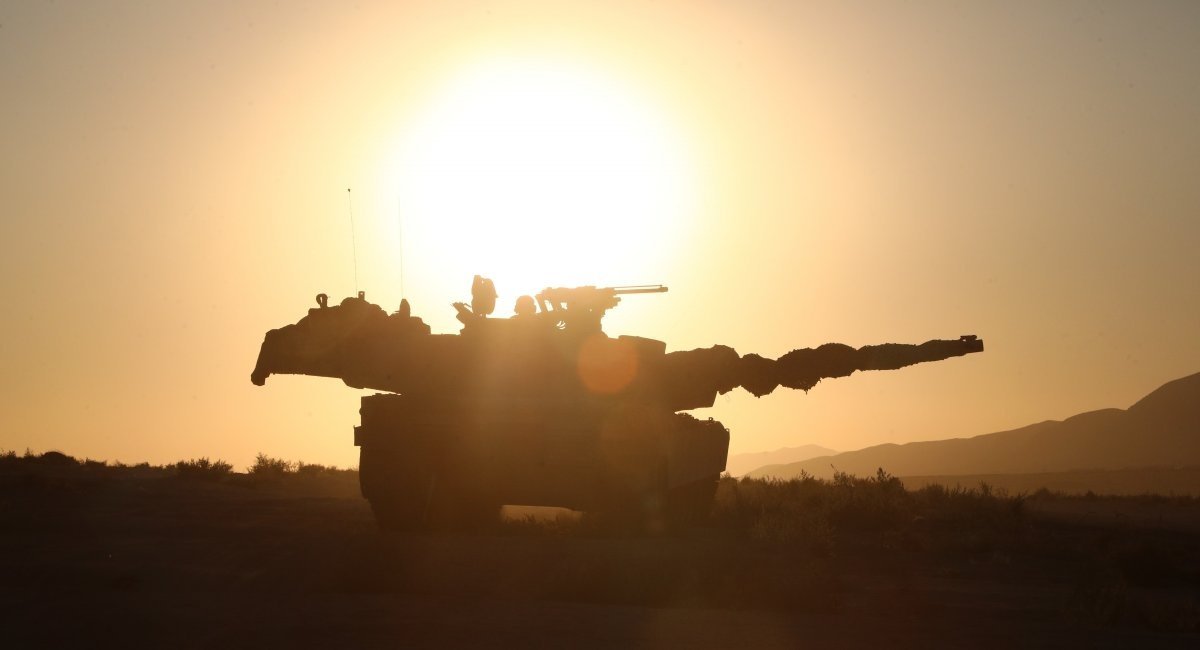Fra Deutsche Welle:
Germany is now under even more pressure to deliver high-tech battle tanks to bolster the Ukrainian military advance. But Chancellor Olaf Scholz and his defense minister say it’s not that easy.
Ukraine's spectacular advances against the Russian invasion over the past few days have increased pressure on the German government to send its state-of-the-art Leopard 2 tanks to the Ukrainian military.
These tanks, built by the Munich-based arms company Krauss-Maffei Wegmann, could be vital to supporting troops liberating the regions of eastern Ukraine, according to Rafael Loss, a defense expert at the European Council on Foreign Relations (ECFR).
"Ukrainian tank crews have shown that they are able to conduct maneuvering warfare and combined operations very effectively," Loss told DW.
Artillery alone, he said, is only one piece of this puzzle.
But the German government has remained adamant. Speaking at an event hosted by the German Council on Foreign Relations (DGAP) on Monday morning, Defense Minister Lambrecht explained to a gathering of diplomats and military personell that Germany inherently has a leading role in Europe.
But she also reminded her audience that her first duty as defense minister was to ensure that Germany's military, the Bundeswehr, was equipped well enough to defend the country.
"It's not so simple just to say: I'll just risk that we won't be able to act, the defense of the country, by giving everything away. No, I won't do that," she said. "But we have other possibilities, from industry, with our partners."
Ensuring Ukraine's survival
But there are counterarguments against all of Lambrecht's points, says defense expert Rafael Loss.
"It's more a question of willingness than formal or informal constraints that are being put on the German government by allies or the situation in Ukraine," he said. "My impression is that Christine Lambrecht and Olaf Scholz are both scrambling in various drawers to come up with new reasons why we shouldn't do a particular thing."
For one thing, he said, NATO Secretary General Jens Stoltenberg himself reiterated at the weekend that Ukraine's survival was currently more important than ensuring that NATO's military stores were full.
"Of course, it would undermine the Bundeswehr's own capabilities and mess up the training plans for new tank crews but this is a political decision," said Loss.
Germany is in a uniquely important position to lead the way in providing tanks to Ukraine, partly because both the Bundeswehr and German industry have some available in stock.
There are also some 2,000 such tanks — in various configurations and states of readiness — currently being used by another 12 European armies, meaning the burden could be shared among those countries.
Looming winter
If the Leopard 2 tanks were made available now, it would still take at least two months for them to be battle-ready and at the front lines in eastern Ukraine,
But the use of the tanks in the upcoming winter months could be critical, Loss said.
While he agrees that there are legitimate concerns about top military hardware like the Leopard 2 falling into Russia's hands, he says it's older versions of the tanks that are more readily available anyway.
Though few in power would say so openly, for many critics, the German government's reluctance to send the Leopard 2 is more about avoiding the unpleasant optics of Russian tanks facing off directly against German tanks.









